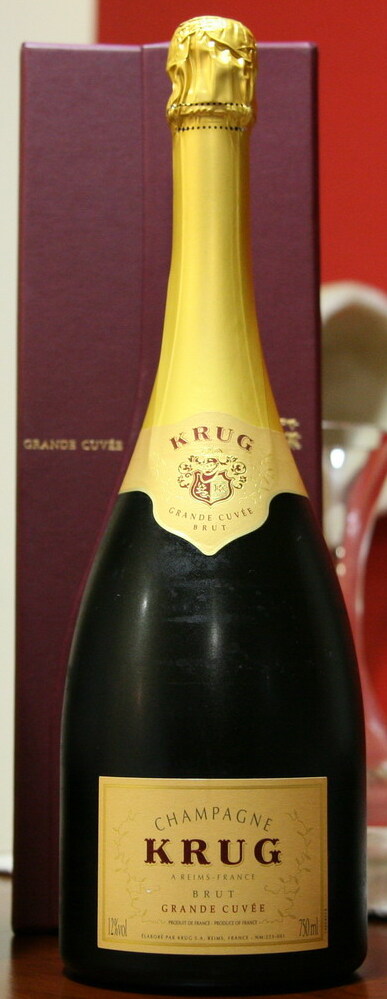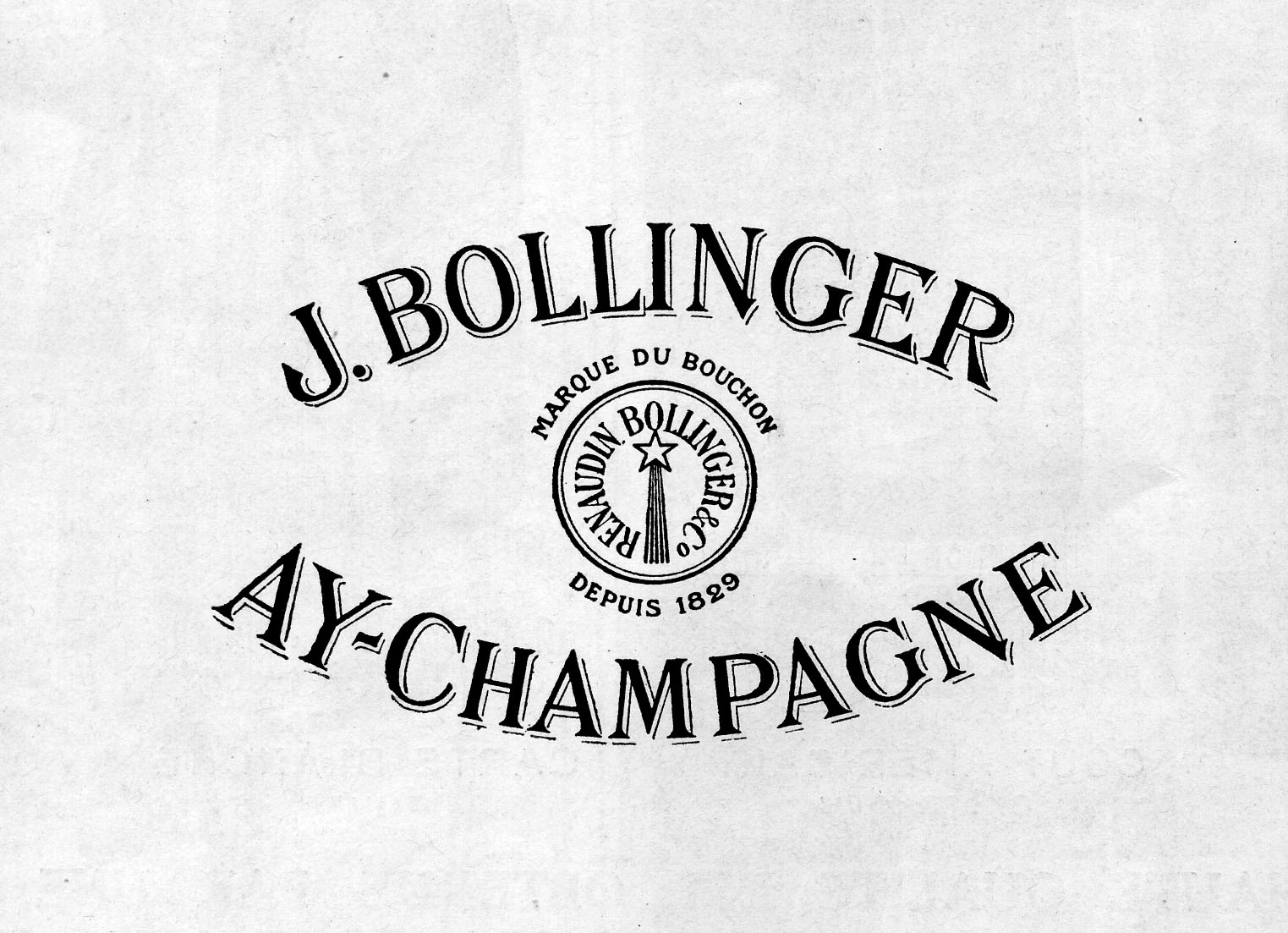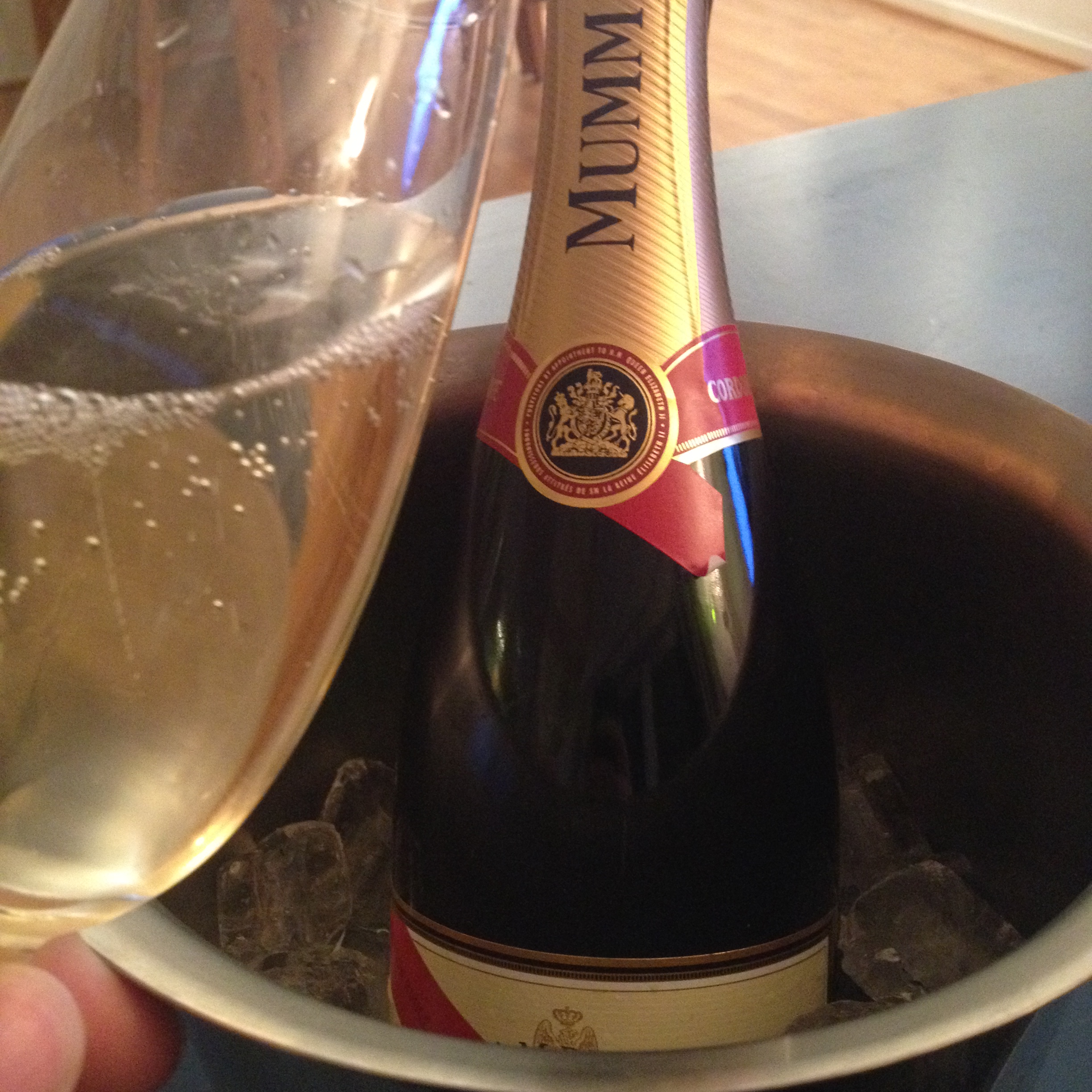France’s famed fizzy wine has been a synonym for luxury ever since preening Bourbon monarchs popped corks at Versailles. Yet, despite sharing unique terroir and rigorous production rules, no Champagne is the same. Here’s a peek at 10 of the most influential brands and how to pronounce them.
le champagne

What are the best French champagne brands?
Moët et Chandon
Helping build the mythology is the market-leading Moët et Chandon.
Claude Moët’s move into winemaking was perfectly timed in 1743. King Louis XV had just developed a taste for bubbles and took a particular shine to Moët. High society was soon clamoring for more.
The rest is history. Moët et Chandon is now the world’s biggest Champagne house and one of the heavyweight brands in the LVMH (Louis Vuitton) upmarket brand conglomerate.
Moët et Chandon

Dom Pérignon
Named after a 17th-century Benedictine monk and pioneering viticulturist, the first Dom Pérignon vintage was bottled in 1921 and only sold 15 years later.
Produced by Moët et Chandon, Dom Pérignon vintages are highly selective and typically aged 8-10 years, setting a benchmark that explains the brand’s exalted status. Which unsurprisingly comes with an eyewatering price range that includes one of the most expensive bottles ever sold, the Dom Pérignon 1959, a snip at $84,700.
Dom Pérignon

Krug
Krug owes its Germanic name to Mainz native Joseph Krug, who founded the champagne house in 1843.
From their base in Reims, the Krug champagne empire rapidly became a leading player.
Renowned for producing dry champagnes with low sugar content, their biggest seller is the non-vintage Grande Cuvée. Although the headliners are their uber-exclusive Clos du Mesnil and Clos d’Ambonnay from tiny plots of land that produce rare vintages costing thousands.
Family-owned until 1999, Krug is another popular Champagne brand folded into LVMH’s empire.
Krug

Bollinger
Founded in 1829 and still a family endeavor, Bollinger is known for affordable non-vintages and superior vintages like their rare Vieille Vignes Françaises.
Their hallmark is the Special Cuvée, a comparatively inexpensive bottle of bubbly that keeps Bollinger a popular champagne. Especially in the UK, Champagne’s biggest export market (per capita), where the popular tipple is known affectionately as “Bolly” and was once the Champagne of choice for Queen Victoria.
Bollinger

Louis Roederer
Founded as Dubois Père & Fils in 1776, this fabled champagne brand from Reims changed its name in 1833 when inherited by Louis Roederer.
Its headline vintage is Cristal Prestige Cuvée. The distinctive bottle and its sparkling contents were created for Tsar Alexander II of Russia in 1876. Over a century later, hip-hop royalty helped thrust the brand back into the spotlight.
Alongside their iconic vintage Cristal and Cristal Rosé, Louis Roederer produces around 3.5 million bottles of vintages and non-vintages annually. Not bad for a champagne house still operated by the Roederer family.
Louis Roederer

Taittinger
Taittinger was founded in 1932 and are relative latecomers to the cork-popping party. The wine merchant Pierre Taittinger quickly remedied that by acquiring the Forest-Fourneaux winery that had operated since 1734.
Taittinger does not enjoy the same renown as the biggest champagne houses in Reims. But with acclaimed Grand Crus like their showcase Comtes de Champagne costing under $150 pleasing connoisseurs and quaffers alike, Pierre Taittinger’s family is still reaping the rewards of his ambition today.
Taittinger

Veuve Clicquot
Esteemed Champagne houses happily raise their flutes to Veuve Clicquot, one of the biggest Champagne brands and industry pioneers.
Founded in 1772, the towering figure of Madame Clicquot took over when her husband died (veuve means widow in French). Known as the Grande Dame of Champagne, Mdme Clicquot revolutionized the Champagne industry.
Among her noted innovations were promoting the first vintages and perfecting the fermentation technique known as riddling.
The distinctive yellow branding and brilliance of Mdme Clicquot are part of Champagne folklore. A big reason why the mega-brand is second only to Moët et Chandon in global exports.
Veuve Clicquot

Perrier-Jouët
Founded by married entrepreneurs in 1811 in picturesque Épernay, home to many celebrated champagne houses, the bijou House of Perrier-Jouët is renowned for decent Champagne that won’t break the bank.
Their Belle Époque vintages in floral bottles and inexpensive Perrier-Jouët Grand Brut – all under $150 – have won multiple awards. They may not enjoy the same prestige as the grandes marques, but Perrier-Jouët is immensely popular with champagne buffs.
Perrier-Jouët

Mumm
We finish a head-spinning tour of champagne brands with an official supplier to Buckingham Palace and one of the best-selling champagne brands in the US, Mumm.
Based in Reims, the so-called Champagne des Souverains (Champagne of Sovereigns) stands out with its singular red slash, the Cordon Rouge. Not to mention an accessible price point that makes Mumm a popular guest at parties on either side of the Atlantic.
Mumm

Ruinart
Nicholas Ruinart’s lightbulb moment to open a sparkling winery in Reims kickstarted the modern champagne industry. Founded in 1729, Ruinart is the oldest Champagne brand with some of the most cavernous cellars in the region.
Despite being gobbled up by the sprawling LVMH multinational (a familiar story by now), the brand still basks in the prestige of being a true original; while quietly producing exceptional champagnes like their prestige cuvée, Blanc de Blancs.
Ruinart

What is Champagne?
Sparkling wines hail from all French wine regions. But only those produced in the Champagne region of northeast France get to carry the name (and, crucially, the price tag).
As the oldest protected French wine appellation, strict rules govern the appellation d’origine contrôlée.
Aside from viticulture excellence and exclusively using chardonnay and pinot grapes, the most critical requirement is carbonating the wine through secondary fermentation in the bottle.
Varying sweetness levels — from dry Brut to sugar-enriched doux — add the final finish to cuvées (vintages), blends, and rosés to create a dazzling variety of Champagnes.
Layered over the winemaking expertise is a heritage infused with etiquette and mythology that elevates Champagne above everyday sparkling wine.
Champagne vs. sparkling wine
Despite producing excellent mousseux, crémants, and countless vins pétillants, no sparkling wine has bottled the marketing magic quite like Champagne.
As a drink, Champagne stands apart for its unique terroir and resource-intensive methode Champenoise, or méthode traditionnelle.
The old-fashioned fermentation process takes at least 1.5 years to bring out the best. While superior millésime (vintage) Champagnes are made with a single harvest and aged for around 8-10 years minimum.
Finessing the splendor is the kind of PR and product placement money can’t buy.
The famous French writer Balzac once said, “Great love affairs start with Champagne….” And Champagne has enjoyed plenty of love in return. Appearing at sporting finales, Michelin-starred restaurants, royal parties, and cruise ship launches, Champagne is a brand and a wine.
Has talk of Champagne made you thirsty? Check out our guide to French beers for a less extravagant taste of gallic gastronomy!

